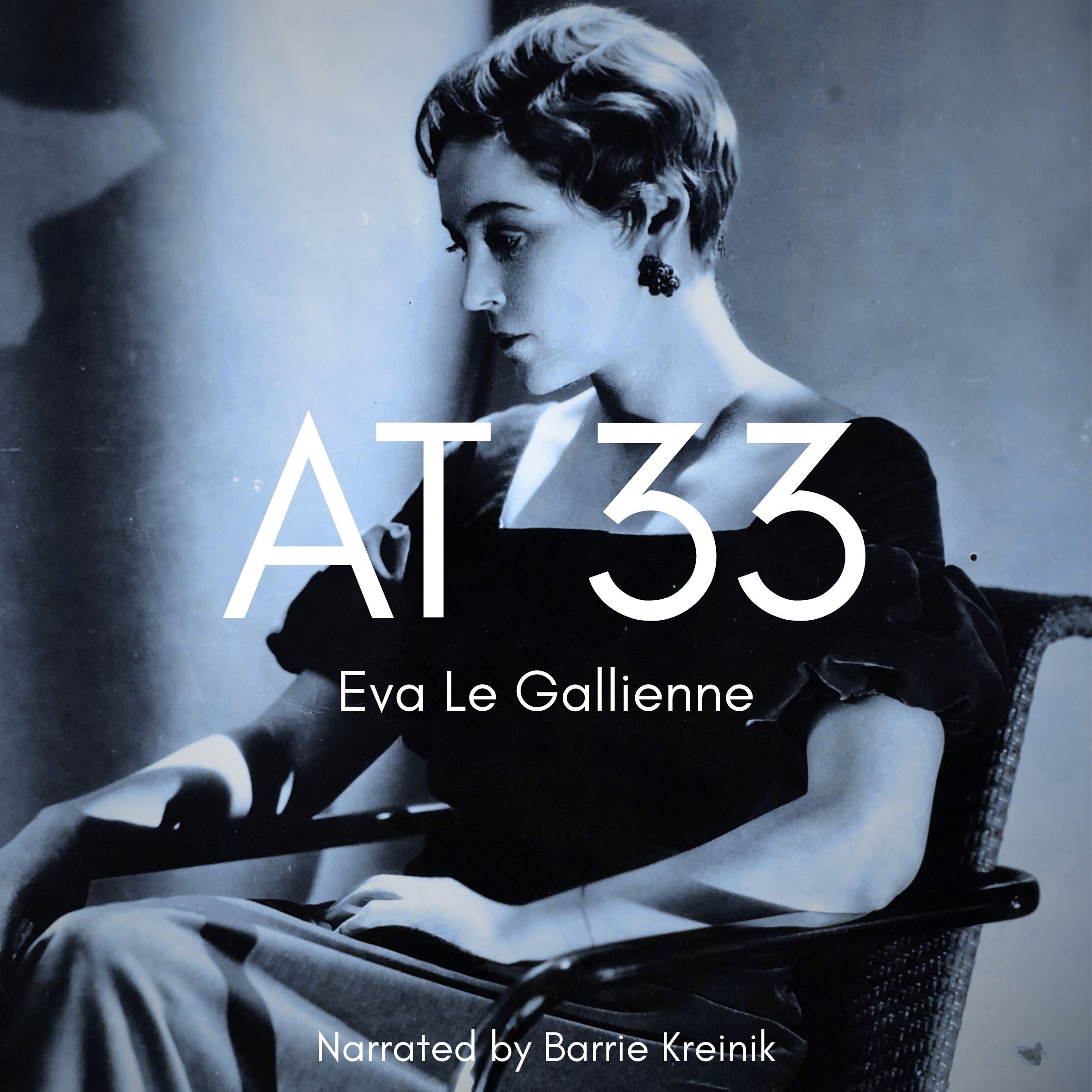Jiangsu 35
Listen to Jiangsu 35, a 19-year-old woman from Suzhou, Jiangsu Province, China. Click or tap the triangle-shaped play button to hear the subject.
Both as a courtesy and to comply with copyright law, please remember to credit IDEA for direct or indirect use of samples. IDEA is a free resource; please consider supporting us.
BIOGRAPHICAL INFORMATION
AGE: 19
DATE OF BIRTH (DD/MM/YYYY): 31/07/1989
PLACE OF BIRTH: Suzhou, Jiangsu Province
GENDER: female
ETHNICITY: Han Chinese
OCCUPATION: student
EDUCATION: university
AREAS OF RESIDENCE OUTSIDE REPRESENTATIVE REGION FOR LONGER THAN SIX MONTHS: N/A
OTHER INFLUENCES ON SPEECH:
The subject had a native English-speaking teacher at her high school, and she claims that this teacher had a strong influence on her own accent.
The text used in our recordings of scripted speech can be found by clicking here.
RECORDED BY: Bill McCann
DATE OF RECORDING (DD/MM/YYYY): 30/04/2010
PHONETIC TRANSCRIPTION OF SCRIPTED SPEECH: N/A
TRANSCRIBED BY: N/A
DATE OF TRANSCRIPTION (DD/MM/YYYY): N/A
ORTHOGRAPHIC TRANSCRIPTION OF UNSCRIPTED SPEECH:
Today I would like to talk something about my hometown. My hometown is Suzhou, and it is a place where, ah, you can – you can find many classical gardens. It is known as the land of fish and rice. And, ah, somebody will call it the Venice in the east. Ahm, nowadays Suzhou is not only famous for its classical gardens but, its, ahm, rapidly growing economy. Ah, we know that Suzhou are divided into three parts: the main old district, ah, the – the Singapores and Suzhou Industrial park, and the Hi Tech Park. And the main old district of Suzhou is the original part of Suzhou, while the Suzhou and Singapore Industrial park is where live. [The subject now goes on to read abstracts from the Analects of Confucius in her own Suzhouhua dialect. (See the detailed commentary below.) This is a very beautiful idiomatic and natural reading that is accompanied by a pinyin transliteration. A reading in Putonghua (Mandarin) can be heard on the Hebei 1 sample.]
TRANSCRIBED BY: Bill McCann
DATE OF TRANSCRIPTION (DD/MM/YYYY): 22/07/2013
PHONETIC TRANSCRIPTION OF UNSCRIPTED SPEECH: N/A
TRANSCRIBED BY: N/A
DATE OF TRANSCRIPTION (DD/MM/YYYY): N/A
SCHOLARLY COMMENTARY:
SHORT READINGS FROM THE ANALECTS OF CONFUCIUS
KEY: A = Mandarin (Simplified); B = Mandarin (Pingyin); C = Dialect (Pingyin); D = English.
孔子: 论语 – Kǒng zǐ : lún yǔ – Kon zi: len yu – Confucius: Lun Yu
學而第一 – xué ér dì yī – Xué ér dì yī – Chapter One
A: 1-1:- 子曰: 學而時習之、不亦說乎。
B: yī-yī :- zǐ yuē: xué ér shí xí zhī, bù yì yuè hū.
C: yī-yī :- Zì yà hó ge sǒng guāng yì jīng fò si fó si sěi wē juē de mēi kēi xīn ge
D: 1-1:- The Master said: Is it not pleasure to learn, and practice what is learned time and again?
A: 1-2:- 有朋自遠方來、不亦樂乎。
B: yī-èr:- yǒu péng zì yuǎn fāng lái, bù yì lè hū.
C: yī-èr:- Yǚ bǎng yǚ sóng lǎi yǚ lái yǚ ge dǐ fāng gōu lé, nè a wèi de juē dē mēi kēi xīn ge
D: 1-2:- Is it not happiness to have friends coming from distant places?
A: 1-3:- 人不知而不慍、不亦君子乎。
B: yī-sān: rén bù zhī ér bù yùn, bù yì jūn zi hū.
C: yī-sān: Nín fè xiè de ge sǒng guāng sé fé wèi jué de fè gāi xin, ge làng yǎng zi ge huà nè sěi sì mē yǚ lǐ māi ge
D: 1-3:- Is it not virtue for a man to feel no discomposure when others take no note of him?
為政第二 – wéi zhèng dì èr – wéi zhèng dì ér – Chapter two
A: 2-2:- 子曰:「詩三百,一言以蔽之,曰:『思無邪』。
B: èr-èr:- zǐ yuē: shī sān bǎi, yī yán yǐ bì zhī , yuē: sī wú xié.
C: èr-èr:- Vǐ zhèng sí dì ní wèi ge, zì yā sī yù sēi ba, yì jù ě wu sèi kòu yi nù nēi bāi wú jīn qi ze, sòu yǐ nēi gàng sī wú xiǎ
D: 2-2:- The Master said: In the Book of Odes there are three hundred poems, but they may be summarised in a single sentence: Think no evil.
A: 2-7:- 子游問孝。子曰:今之孝者,是謂能養。至於犬馬,皆能有養;不敬, 何 以別乎。
B: èr-qī:- zǐ yóu wèn xiào. zǐ yuē: jīn zhī xiào zhě, shì wèi néng yǎng. zhì wū quǎn mǎ, jiē néng yǒu yǎng; bù jìng, hé yǐ bié hū.
C: : èr-qī:- Zì yǘ mèn guē yū xiè ge wěn di. zì yā zì zai jìn xiè ge nǐn sǒu sì néng gòu fǔ yáng yǎo niáng ge nǐn. Zì yu mù ě yù gèi sè něng fǔ yaáng yǎo niang ge. Yè si nè fè xiè jìn, ge me nèi dā mù dā gòu yǔ sào ge qǖ bie ne.
D: 2-7:- Zi You asked what filial piety was. The Master said: Nowadays, providing support for one’s parents is considered filial piety. But dogs and horses can also do this. If there is no respect, what is the difference?
A: 2-10:- 子曰:「視其所以,觀其所由,察其所安。人焉叟哉?人焉叟哉?
B: èr-shí :- zǐ yuē: shì qí suǒ yǐ , guān qí suǒ yóu, chá qí suǒ ān. rén yān sǒu zāi? rén yān sǒu zāi?
C: èr-shí :- Zì yā si qi sòu yǐ, gū qi sòu yù,su qí sòu ūn. Nìn ge làng yǎng zi ge wuà nǎng kòu néng pì gòu nǐn gō ne, nǎng kòu néng dā xiǎ nè.
D: 2-10:- The Master said: Watch what a man does. Find out his motives. See how he takes his ease. How then can the man hide his true self? How can the man hide his true self?
COMMENTARY
This is a fairly strong accent, but with some obvious accent reduction. However, there are still problems with the pronunciation of /n/ and /l/, which is fairly in very common in Jiangsu dialects. There has clearly been a conscious effort to assume a “Western” accent, which is a little less than successful.
This subject’s dialect is one of the very many sub-dialects to be found within the Suzhou dialect itself. The Readings from Confucius can be compared with the Readings in the other Suzhouhua dialects in the Jiangsu, 14, 17, 18, 31, 32, and 33 samples.
The subject grew up in the area outside and to the east of the historical city. Before the late 1990s, the area was occupied by scattered villages and fish farms in a landscape of canals and fish ponds. In 1994, the area underwent substantial redevelopment in a joint Suzhou-Singapore venture that resulted in the 80 km2 (31 square miles) Suzhou Industrial Park (SIP). The fish ponds were amalgamated and resulted in the 10 km2 (3.9 square miles) Jin Ji Hu (Golden Rooster Lake), which is now surrounded by residential properties, a superb arts centre and a restaurant/nightlife entertainment area. The original aim was to create a hi-tech industrial park with international competitiveness, an international education park and an international eco-township. As a result, many foreign businesses, schools, and universities are located here, and there are substantial numbers of foreigners living and working in the area.
For additional commentary on Suzhou and its dialects, see the Jiangsu 32 sample.
COMMENTARY BY: Bill McCann
DATE OF COMMENTARY (DD/MM/YYYY): 22/07/2013
The archive provides:
- Recordings of accent/dialect speakers from the region you select.
- Text of the speakers’ biographical details.
- Scholarly commentary and analysis in some cases.
- In most cases, an orthographic transcription of the speakers’ unscripted speech. In a small number of cases, you will also find a narrow phonetic transcription of the sample (see Phonetic Transcriptions for a complete list). The recordings average four minutes in length and feature both the reading of one of two standard passages, and some unscripted speech. The two passages are Comma Gets a Cure (currently our standard passage) and The Rainbow Passage (used in our earliest recordings).
For instructional materials or coaching in the accents and dialects represented here, please go to Other Dialect Services.
 IDEA: International Dialects of English Archive
IDEA: International Dialects of English Archive



